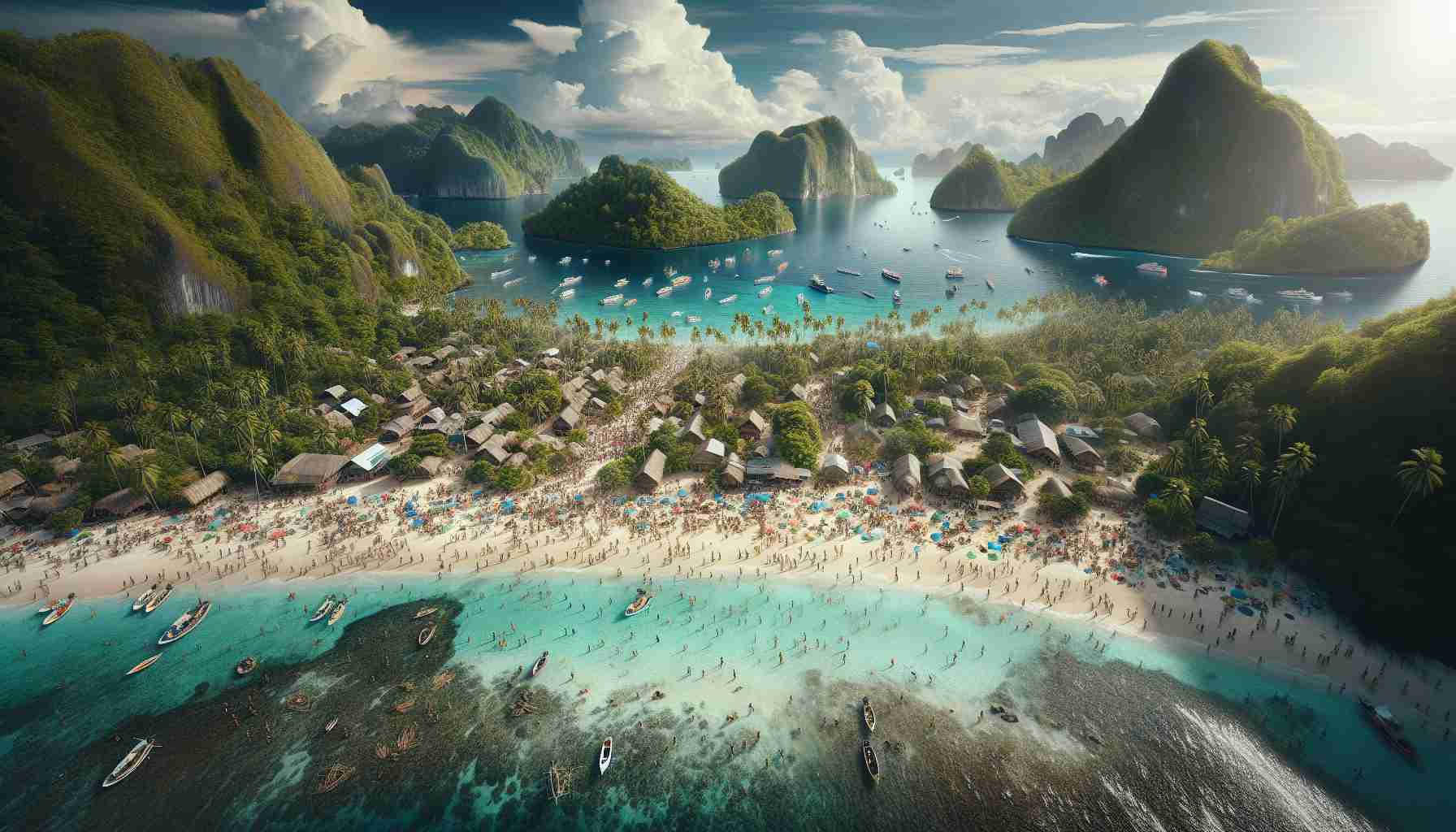
Challenges of Sustainable Tourism in Remote Islands
Remote islands are facing a unique set of challenges due to the influx of migrants and tourists, presenting a complex situation that requires urgent attention. As these islands grapple with balancing resources and infrastructure to accommodate both migrants and visitors, the need for sustainable solutions becomes more pressing.
Local residents, like Maria from the island of Isla del Sol, express concern over the strain on resources as migrants continue to arrive. “It’s hard to witness the arrival of these individuals in need while also trying to maintain our own way of life,” she shares.
With emergency services already stretched thin, the call for support and intervention from larger entities grows louder. “We can no longer rely solely on the solidarity of neighboring communities; we need the broader international community to step in and address this humanitarian crisis,” urges Eduardo, a community leader.
Statistics show a steady increase in migrant arrivals, adding pressure to an already fragile ecosystem. The recent surge has pushed existing facilities beyond capacity, highlighting the urgency for long-term strategies to manage the situation effectively.
As the world grapples with the implications of mass migration and tourism on remote islands, the need for collaborative efforts and sustainable practices is more crucial than ever. Only through a collective approach can we strive towards a more balanced and equitable future for all involved.
Sustainable Tourism in Remote Islands: Addressing Key Challenges and Opportunities
Remote islands face a myriad of challenges beyond just the influx of migrants and tourists. One critical question to consider is how to strike a balance between economic development through tourism and preserving the fragile ecosystems and unique cultures of these islands.
One key challenge is the impact of tourism on local resources and infrastructure. While tourism can bring economic benefits, it can also strain resources such as water, energy, and waste management systems. Finding sustainable solutions to manage these pressures is essential for the long-term well-being of both the islands and their inhabitants.
Another important aspect to address is the preservation of local cultures and traditions in the face of increased tourism. As visitor numbers rise, there is a risk of cultural commodification and the dilution of authentic island experiences. How can these islands promote tourism that respects and celebrates local heritage without compromising it for commercial gain?
Advantages of sustainable tourism in remote islands include the potential for economic growth, job creation, and community development. By engaging in responsible tourism practices, these islands can benefit from a thriving tourism industry while safeguarding their natural and cultural assets for future generations to enjoy.
On the other hand, disadvantages may arise if sustainable practices are not implemented effectively. Over-tourism, environmental degradation, and social disruption are all risks associated with poorly managed tourism growth. Balancing the economic benefits of tourism with the need to protect the environment and community well-being is a delicate equilibrium that must be maintained.
Key Questions:
1. How can remote islands promote sustainable tourism practices while managing increasing visitor numbers?
2. What strategies can be implemented to protect local resources and infrastructure from the pressures of tourism?
3. In what ways can the unique cultures and traditions of remote islands be preserved and celebrated in the tourism industry?
Related Links:
1. World Tourism Organization
2. International Tourism Board